These pencil drawing techniques from top artists will help you take your drawing skills to the next level, whether you’re using graphite pencil or coloured pencils.
For many artists, pencil drawing is the skill that introduced them to the art world, and even if you’ve moved on to a different medium, understanding how to draw with a pencil can help you improve your skills elsewhere. These pencil drawing techniques cover everything from the basics of mark-making to advanced processes to push you out of your comfort zone.
We’ll also offer advice on the tools and materials you need to know, such as blending stumps, paper options, and different erasers. If you’re a total beginner, or want to upgrade your kit, take a look at our guide to the best pencils.
Short on time? The video above, from character designer Bobby Chiu, runs through some pencil drawing techniques in action. For more in-depth advice on composition to how to capture light and shadow, take a look at our art techniques article. Or, for inspiration, take a look at this roundup of unbelievably realistic pencil drawings.
01. Use the right grip
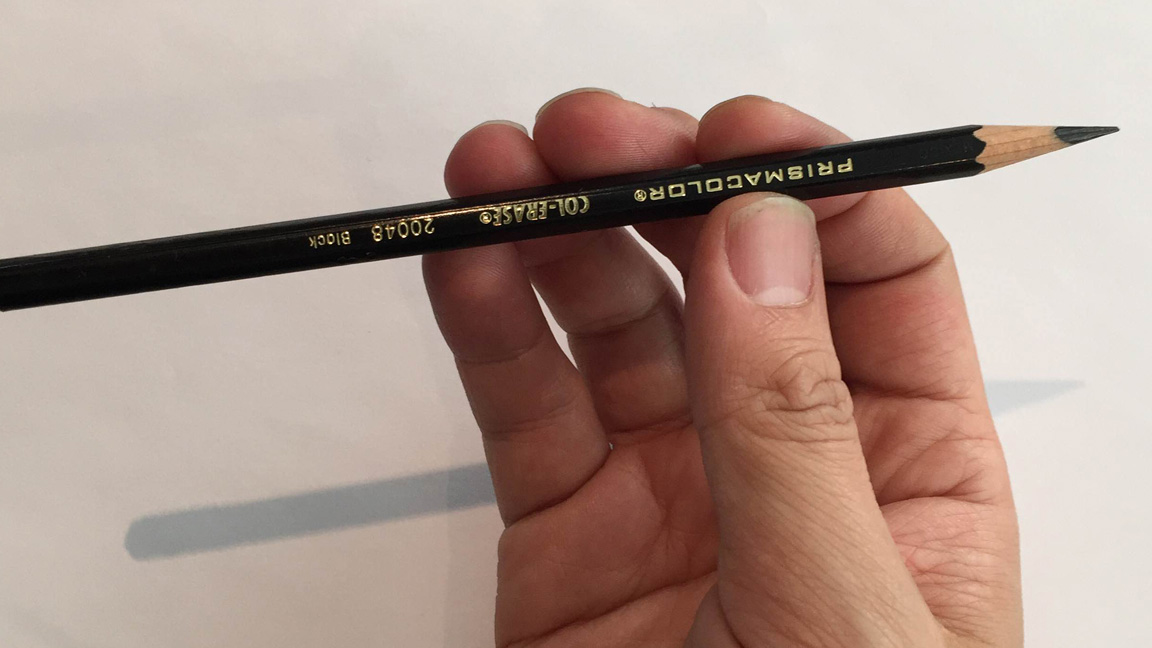
Think of the pencil as charcoal in a wooden sheath
The first step is to master how to hold a pencil correctly. Bobby Chiu recommends holding the pencil like you could a piece of charcoal, and using the side of the lead to draw, rather than the point. This helps keep the pencil sharper for longer.
“When covering large areas, I shade with my pencil perpendicular to the line I’m drawing to get wide, soft lines,” he adds. “For details, I hold my pencil parallel to my lines to get sharp, narrow marks. The only time I use the point is when I’m working on intricate details.”
02. Use a stump for soft blending

Using a stump between layers of colour will create a blended effect [Image: Jennifer Healy]
How you blend your work can have a big impact on the final result. For a soft blended effect, try a blending stump.
“After each light layer, I very gently blend the coloured pencils with the stump,” says US-based artist Jennifer Healy. “Don’t push too hard or the colour will stick, making it more difficult to softly blend. I repeat this process as often as I need. After many layers it produces a very soft and delicate look.”
This technique requires a little trial and error, though. Healy warns that if you blend too softly, the stump can pick up colour that you’ve already layered on the paper.
03. Mix up shading techniques

Shading with unified lines versus shading in patches produces a different feel [Image: Bobby Chiu]
There are lots of different pencil drawing techniques relating to shading. Chiu uses two main approaches. The first is with all the lines going in the same direction. “This makes my shading appear more cohesive, and helps my details pop out from the lines I’m using for shading,” he explains.
The second method involves working in patches of shading, to help define shape. “Patches of lines go around the form, which help keep things in perspective,” he says. This technique is also great for backgrounds and creating texture.
04. Try different approaches to outlines

Healy prefers dark, defined outlines [Image: Jennifer Healy]
The next drawing technique concerns line weight. As well as demarcating different objects, lines can help emphasise shadows. “Thicker lines can fade and disappear into the shadows, which can help convey the 3D form,” explains Chiu.
Beyond that, different artists have different approaches to lines – you need to find the style that’s right for you. “I prefer to use a distinct outline in my artwork, whether it’s using thin outlines or bold outlines,” says Healy. “It can help pinpoint the viewer’s eye to a certain area. It also gives a stylised look, if that’s what you are hoping to achieve.”
Chiu, however, prefers a different approach. “I try to avoid outlining my drawings because this tends to make things look flat and deadens the 3D effect. Breaks and spaces in my lines show form in the lights and shadows.”
05. Master blending

Start with an outline, then build up colour [Image: Jennifer Healy]
Healy has a specific process for blending her coloured pencil work. She starts with an outline, to check the form is correct before committing to coloured pencil (it’s much harder to erase coloured-in areas than an outline). It also helps her plan where the highlights and shadows will fall.
She then builds up colour using subtle layers. “I like to start out with soft gentle layers to gain a better idea of lighting placement, shadows and the colour palette,” she says. After each layer she blends gently using the blending stump.
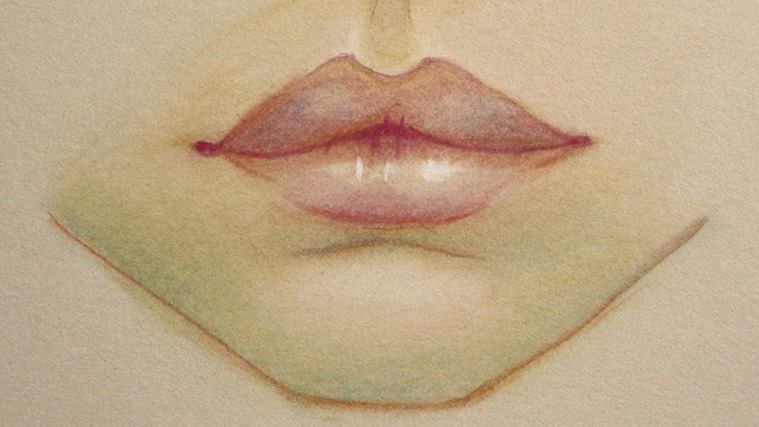
The final step is to add an outline [Image: Jennifer Healy]
Once she has reached a stage she’s happy with, she moves on to the final step: adding an outline. For this final layer, Healy uses coloured pencils alone, and does not blend with a stump.
06. Find the right paper texture
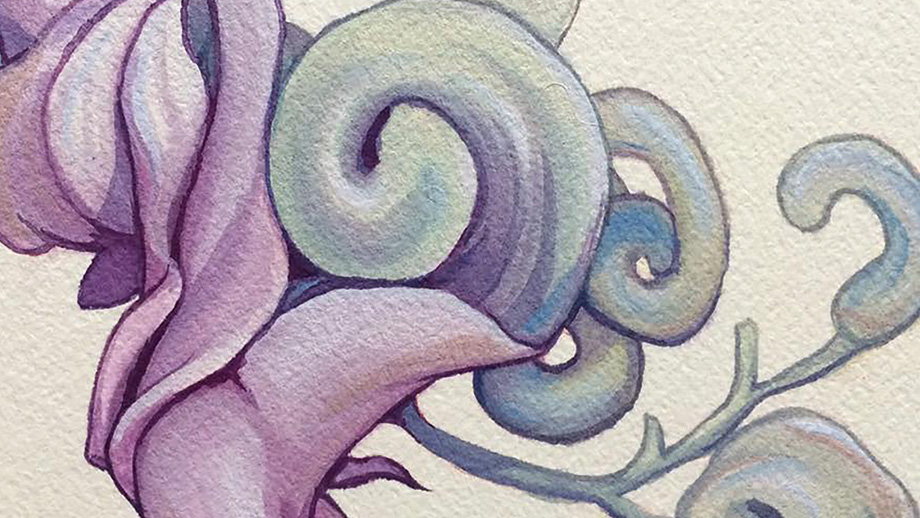
A rough tooth will grip the pigment [Image: Jennifer Healy]
The surface texture you’re working on will make a big difference to the effects you can create. This is referred to as the grain or ‘tooth’ of the paper. A rough tooth is more visible, and the ridges will grip the colour from your pencils.
With a smooth tooth, the ridges are very fine, and there’s less grip. Healy finds this kind of paper provides an easier surface for blending coloured pencils, although she warns that it’s also easy to run the colour off the surface.
07. Start lightly and build from there
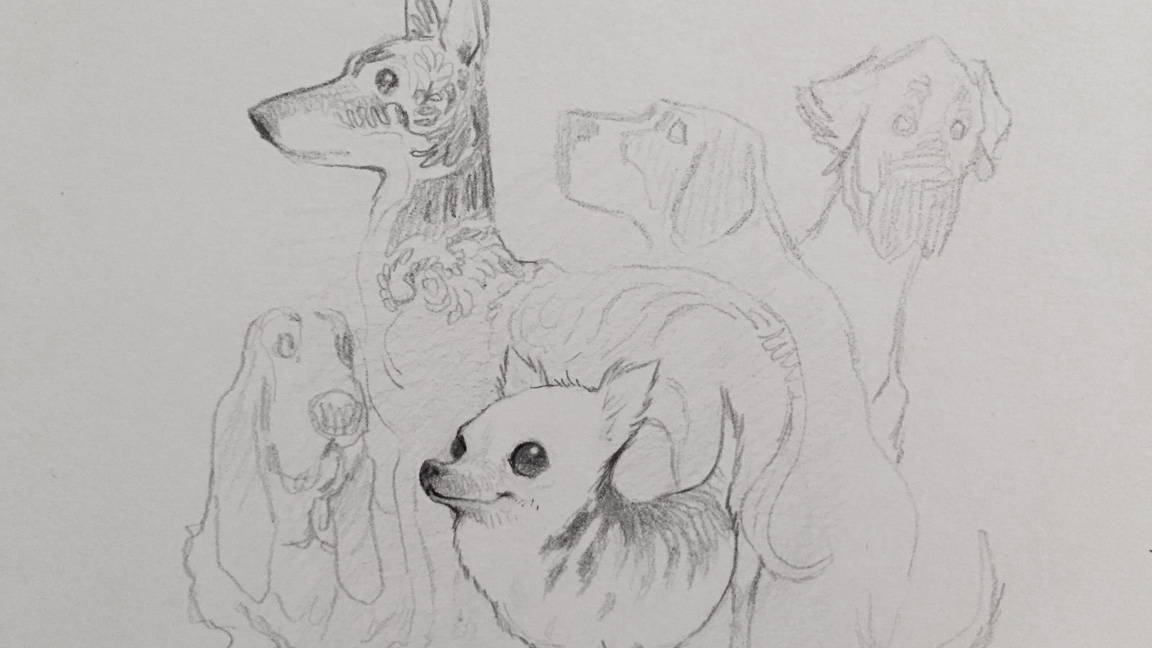
Use light lines to explore and dark lines to commit [Image: Bobby Chiu]
“When I start drawing, I plan and explore using loose lines, and avoid committing too early with hard, dark lines,” says Chiu. “As I progress my lines will change, so checking and rechecking my work is vital. I darken my lines and add details at the end. I don’t focus on one area for too long to prevent overdrawing.”
08. Use the right eraser
There are a few different types of eraser, and each is suited to different things. You’ll definitely need a kneaded eraser. This has a putty-like consistency (it’s sometimes called a putty eraser), and you knead it before and after use.
“A kneaded eraser is best for lightly picking up the coloured pencil binding off the paper. This works wonders when correcting mistakes, or if you’re deliberately lifting colour from an area such as the eyes,” says Healy.
A gum eraser has a more solid consistency, and is better if you’re trying to fully erase a coloured-in area.
09. Unify your colours

Using coloured paper can help create cohesion in your drawings [Image: Jennifer Healy]
Having a uniform approach to colour will help bring cohesiveness to your work. “It’s a good idea to make sure that your artwork has unifying colours,” says Healy. “This consists of a particular colour palette, mood and a way of spreading these across the entire art piece.”
She also suggests creating a harmonious base by using tinted paper or adding a background wash of colour (in paint). “This will show through whatever you lay down on top of it, thus giving it an appearance of cohesion. When I use coloured pencils, I’m fond of using tinted paper produced by Kraft.”
10. Check and recheck

Listen if your gut is telling you something is off [Image: Bobby Chiu]
Before you move on to stronger lines and detail work, it’s essential to make sure you have the correct form down. Chiu’s advice is to check and check again. “I have to nail down my drawing’s underpinnings before I can add details. I really avoid guessing at the details; I want to make sure things are symmetrical and look right before putting down stronger and harder lines.”
He also suggests looking at your work in a mirror or through a camera. Considering different vantage points is a great way to highlight if anything is off. “I constantly ask myself, does this feel right? If anything seems off – even if I can’t immediately put my finger on what it is – I trust my gut and troubleshoot my drawing before continuing.”
11. Draw on your own experiences
“Dip into your experiences to add a special layer of authenticity to your piece,” suggests Healy. “This means using something like a memory, feeling or scent when creating your work. For example, the special feeling you experienced when sitting down with a friend at a coffee shop, or a memory of a childhood experience. You can be abstract or use hyperrealism. Whatever you choose makes the piece unique to you. I’ve found that people resonate with these pieces the most.”
12. Protect your paper

Provide a solid basis by mounting your paper on a board [Image: Jennifer Healy]
This is a valuable pencil drawing technique for beginners: put a piece of paper under my hand to avoid smudging your drawing while you’re working. It seems obvious, but it can be the downfall of a great piece of work!
Healy also prefers to mount her paper on a board, attaching it using a layer of matte medium. This helps keep things neat, and provides a solid surface to work on.
13. Know when to stop
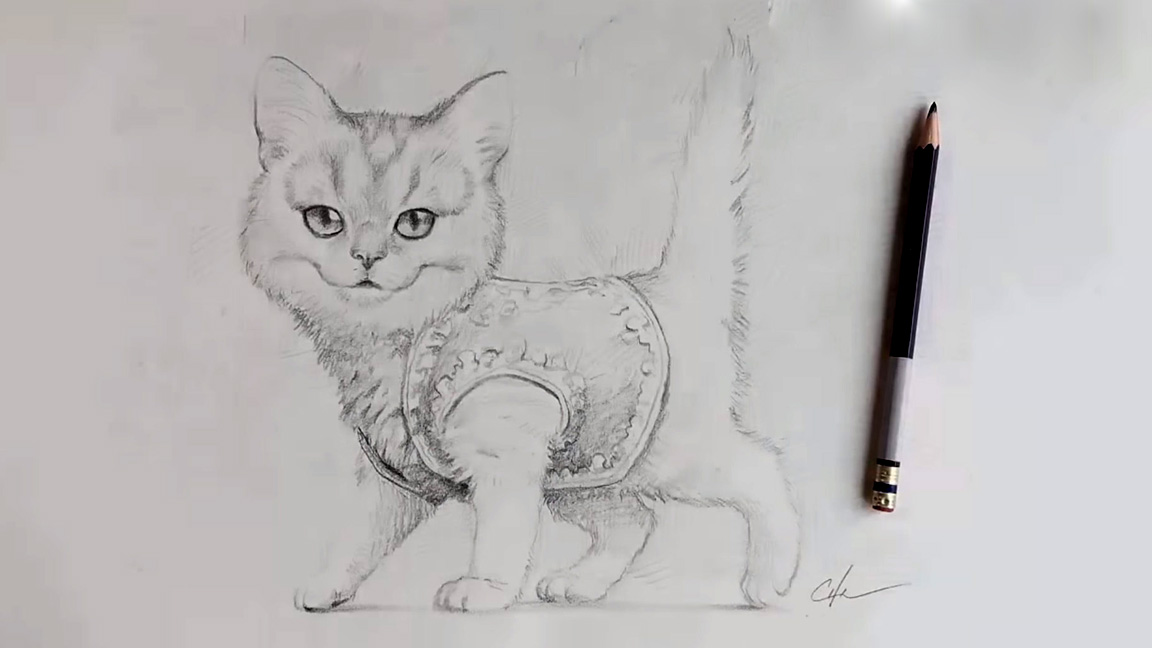
Is this finished? Maybe… [Image: Bobby Chiu]
The majority of artists have a tendency to tinker with their work – even after they’ve signed their name. “I can always find something to change if I look hard enough, so it can be difficult to tell when a piece is truly finished,” says Chiu.
However, be wary of overworking your piece. “Eventually, I make a conscious decision to put my drawing away and start something new,” he continues. “That’s when I consider my drawing done. Well, maybe…”
14. Use contrasting concepts

Juxtaposing beauty with ugliness makes for an interesting composition [Image: Jennifer Healy]
One drawing technique Healy uses in her work is to use contrasting concepts within a piece of work, for example, juxtaposing beauty and ugliness. “I’ll use the beauty of colours, flowers, the softness of skin or hair, and the female form. I’ll also tend to use something that’s the opposite to all of that, such as bones, insects, sharp teeth, or anything that may provide discomfort to the viewer,” she elaborates. “Somehow this provides an interesting concept to a piece. Especially when the ‘ugly’ parts are harder to spot at first. To me this is a very stark representation of what life is like.”
15. Try combining pencils with watercolour

Experiment with combining different media to create new effects [Image: Jennifer Healy]
While pencils on their own can be used to create a wealth of different effects, it can be interesting to combine them with other media. For example, in her work, Healy likes to combine watercolour and coloured pencils. It’s important to start with watercolour and then layer coloured pencils on top, she explains, because pencils can create a waxy surface that repels liquid, and prevents the watercolour from soaking into the paper.
“This is a fun technique to test out,” she says. “Both mediums have unique qualities and textures. Combining the two elements creates a medium all of its own.”
16. Break out of your comfort zone

Sometimes it’s good to ignore the rules [Image: Jennifer Healy]
While these pencil drawing techniques should help you understand the essentials of the medium, sometimes you need to throw the rules out of the window and find what works for you. “There’s nothing wrong with stepping outside of the box if it means achieving the effect you want,” says Healy. “Trial and error will occur when you step outside of that box. But don’t be intimidated! The process is entirely fun.”
This advice comes from ImagineFX, the world’s best-selling magazine for digital artists. Subscribe here.
Related articles:
How to master colour theoryGet started with ink drawingHow to draw a rose
Read more: creativebloq.com




